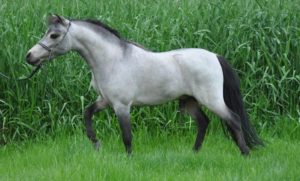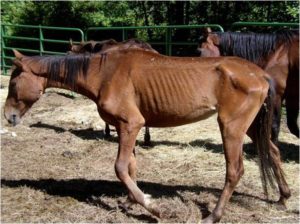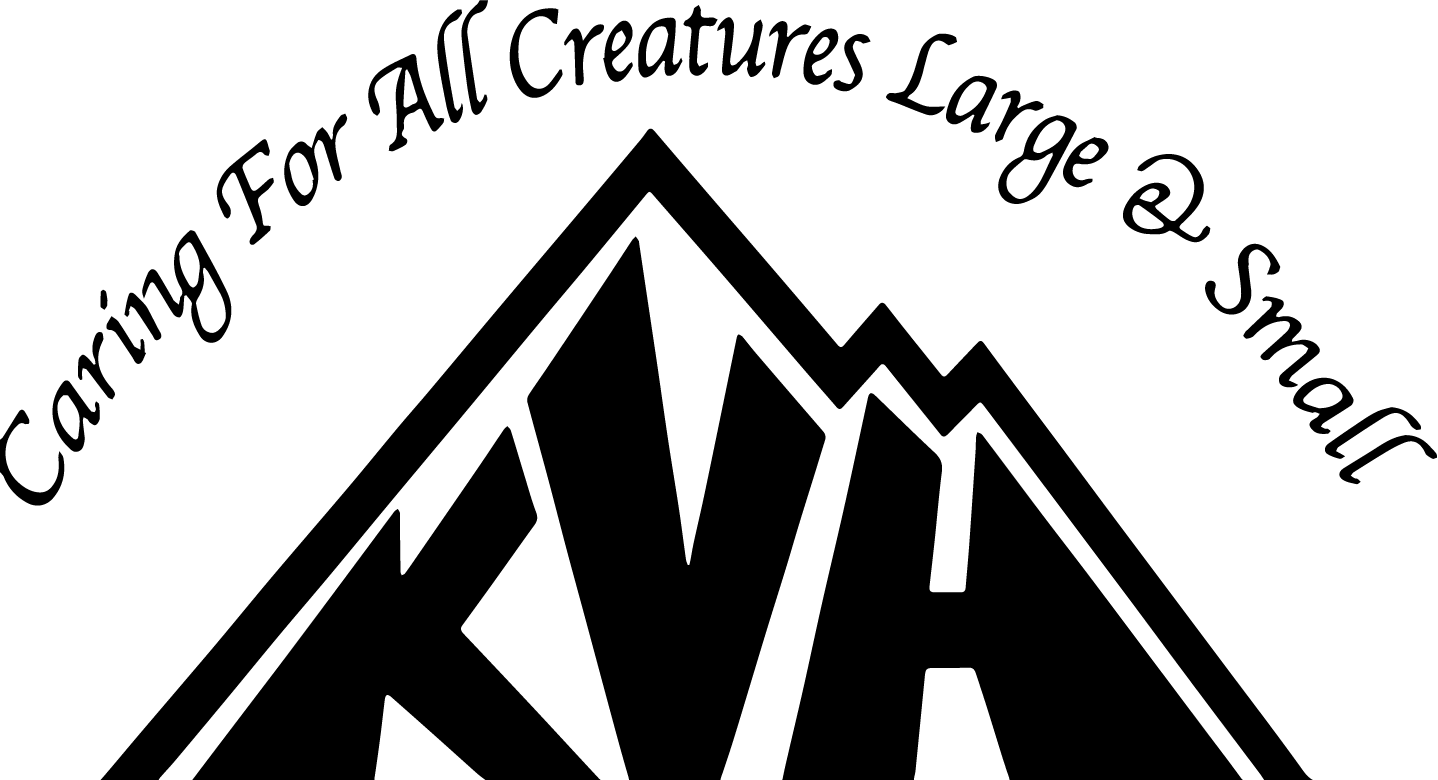by Dr. Mandy Cha, DVM
As we move in to winter, a horse’s energy balance can change drastically with the weather and available feed. Not only do they need more energy to keep themselves warm, pasture is less available and they are more reliant on hay and grain to keep their food intake up. Making sure our horses are keeping adequate weight is an important aspect of ensuring that they are handling the season, as well as helping them stay warm.
As they are often covered in a thick winter coat, simply eyeballing them often isn’t accurate. As such, we take the Body Condition Score, or BCS, which estimates fat cover. The current accepted method for scoring the body condition of a horse was developed by Dr. Don Henneke of Tarleton State University in Texas, in 1983. Horses are scored out of 9, with 1 being the thinnest and 9 being the fattest. It ignores some easily confusing measurements, like weight (which can vary widely when evaluating a Shetland pony versus a Clydesdale!) and girth (which can vary due to conformation, fitness of the horse and pregnancy).
The following is a basic rundown of the grades:
We often say that no horse should be below a BCS of 4 to have enough reserves for everyday activity, and ideally be at a BCS of 5 to give them some additional support for stressors like cold winters or illness. However, at the other end of the spectrum, once they start depositing excess fat (BCS >7), they become more at risk for metabolic diseases such as insulin resistance, and even arthritis and laminitis. As such, we encourage horse owners to maintain their horses somewhere around BCS 5-6, although this may vary with the level of activity your horse is at, the age of the horse, and even the season.
Below are some pictures of horses, pulled at random from the internet. Try assigning each horse a BCS, then find out if your score matches the veterinarian’s assigned BCS!1.)  2.)
2.)  3.)
3.)  4.)
4.)  5.)
5.)  6.)
6.)  7.)
7.)  8.)
8.) 
- BCS 5: With no ribs visible, a level back, and well-defined body contours, this miniature horse is a 5
- BCS 1: With lots of sharp bony prominence and little fat, this horse is a 1
- BCS 8: With a large crest, lots of fat, and an almost smooth body contour, this horse is an 8
- BCS 2: With sharp hip bones, little fat in the tail head, but some fill in the back, this horse is a 2
- BCS 4: With lightly visible ribs, but good fat fill in the tail head and rounded hips, this horse is a 4
- BCS 9: With fatty bulges behind his shoulder and at his tail head, this donkey is a 9
- BCS 7. This horse has some fat fill but the flank and withers are still defined.
- BCS 3: Though she has a big belly from pregnancy, this mare has easily visible ribs and not as much fill along her back and tail head as Horse #5.
Disclaimer: All pictures were sourced from Google Image search using a “Licensed for Reuse” filter.
| Spine | Ribs | Pelvic bones | Tail head | |
| 1: Emaciated | Tall ridge with prominent bony processes | Very prominent | Protruding | No fat |
| 2: Very Thin | Ridge with prominent bony processes and some fat | Prominent | Protruding | No fat |
| 3: Thin | Visible, with some fat | Visible | Prominent but rounded | Some fill |
| 4: Moderately Thin | Ridge, but not prominent | Faintly visible | Rounded | Fat fill |
| 5: Moderate | Back is level | Not visible but easily felt | Rounded | Soft fat |
| 6: Moderately Fleshy | May have slight crease | Some fat between ribs | Rounded | Soft fat |
| 7: Fleshy | Definite crease | Fat between ribs | Rounded | Soft fat |
| 8: Fat | Definite crease | Difficult to feel | Barely discernible | Soft fat |
| 9: Extremely fat | Bulging crease | Patchy fat between ribs | Flush with body | Bulging fat |

